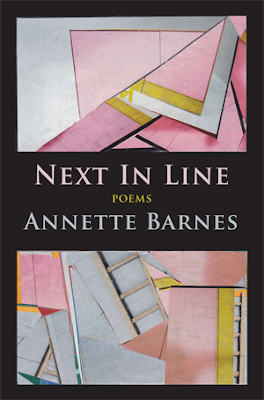I know that spiders inhabit the pages of many famous writers — the talking spider that makes clicking noises in Harry Potter and the Chamber of Secrets by J. D. Rowling; Charlotte, the spider who talks to a pig in Charlotte’s Web by E. B. White; Shelob, the giant spider in J.R.R. Tolkien’s Lord of the Rings, and out of the childhood of most of us whose mothers read us nursery rhymes: the critter that scared Little Miss Muffet when she was trying to eat her breakfast. I have no fondness for any of them. We have spider pest control but as we live in a small wood, our spider population is often abundant, even though the bug man visits monthly and brings in a giant swifter to sweep away nests, eggs, and the persistent spiders.
I console myself that spiders do eat pest insects like the mosquito that abounds in south Louisiana where I live part of the year, but I don’t see as many of them in Teche country as I do in Tennessee. In fact, the pest control workers here publish a list of common Tennessee spiders that might cause you pain. Among them are the brown recluse that gets the worst press of all in the spider kingdom; the black widow with its red hourglass marking; and the wolf spider that I did away with this morning.
Some of these creatures have eight eyes; some, six, but the wolf spider only has a pair of large eyes that were watching me this morning. Did I get any writing done out on the porch after I sent the wolf spider to meet his maker? Not much. But I did look up a poem about spiders by one of my favorite writers, Don Marquis, who wrote: "…I will admit that some/ of the insects do not lead/ noble lives but is every/ man’s hand to be against them? Yours for less justice/ and more charity." This was signed by aArchie the cockroach, Marquis’s major character (along with Mehitabel the alley cat) who appeared in his newspaper column in New York City’s The Evening Sun.
Sorry that this is so abbreviated but I dared not invite the Muse this morning as She usually keeps better company.























